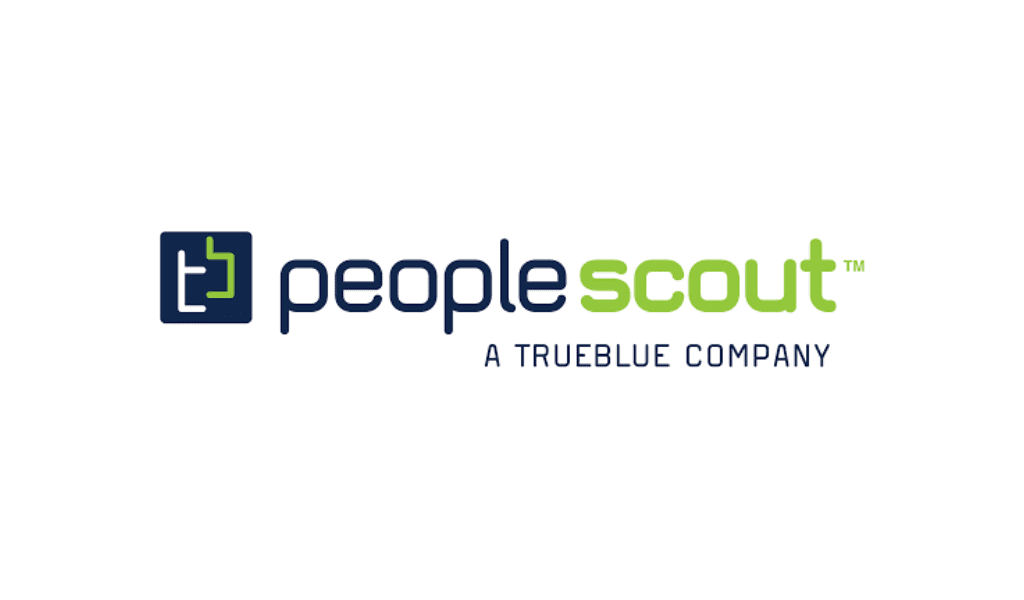A consistent background screening approach is critical when hiring contingent workers.
By Marta Chmielowicz
With talent emerging as a top competitive differentiator, organizations are turning to non-traditional sources in order to secure the skillsets required for business growth, development, and agility. And the proof is in the numbers: Ardent Partners’ The State of Contingent Workforce Management 2017-2018 study found that 40 percent of today’s global workforce is comprised of non-employee talent, including independent contractors, freelancers, consultants, and temporary workers. These workers play a critical role in the way business is done, with HR professionals leveraging contingent labor to become more agile (71 percent) and fill critical skill gaps (54 percent).
Given the importance of this portion of the workforce, it is more important than ever that companies thoroughly vet each worker. A comprehensive background check is key. “It’s very important to screen contingent workers,” says Mike Chalenski, president, CEO, and founder of background screening provider CSS Inc. “You’re protecting your brand, your culture, and the safety of your employees.”
While not always physically in the office, contingent workers can still pose a significant risk to the organization. At a time when falsified credentials are common, with a 2017 CareerBuilder survey showing that three in four HR managers report having caught a lie on a resume, this portion of the workforce needs to be subject to the same level of scrutiny as other employees.
“Some of the contingent workers may have worked with a competitor, and if you’re protecting trade secrets and know-how, it’s important that employers are informed about where the candidate has worked before and how many jobs they are working now,” Chalenski says. “Usually these workers are coming in for a specific project. They have expertise in a certain field that the company hiring them needs. Companies should make sure they have all the information available to make informed hiring decisions. That will limit their liability and the costs associated with a bad hire.”
Screening contingent workers in the same manner as full-time employees can provide organizations with assurance and peace of mind that they’ll be a good fit. But according to Chalenski, employers should not assume that staffing companies understand and follow their screening practices; HR professionals need to develop a clear and consistent screening policy and proactively communicate with their staffing partner to ensure that the process is followed.
“It’s very important to have consistency within hiring practices because these employees are going to be part of your company for some length of time,” he explains. “Often, you’ll see that staffing companies provide a background screen for contingent workers at a level below their standards for traditional internal employees. Then, if the employer does desire to hire one of these contingent workers full-time, they can lose money on training and the onboarding process when they find something in the candidate’s background that makes them pause. It’s really important that employers hold their contingent workers to the same standards and policies as they would their internal employees.”
By following a single screening process, employers can avoid the liability of inconsistent hiring practices and ensure that their entire workforce is properly screened. This can help lower the risk and costs associated with a bad hire while delivering a safe and secure workplace for all.














